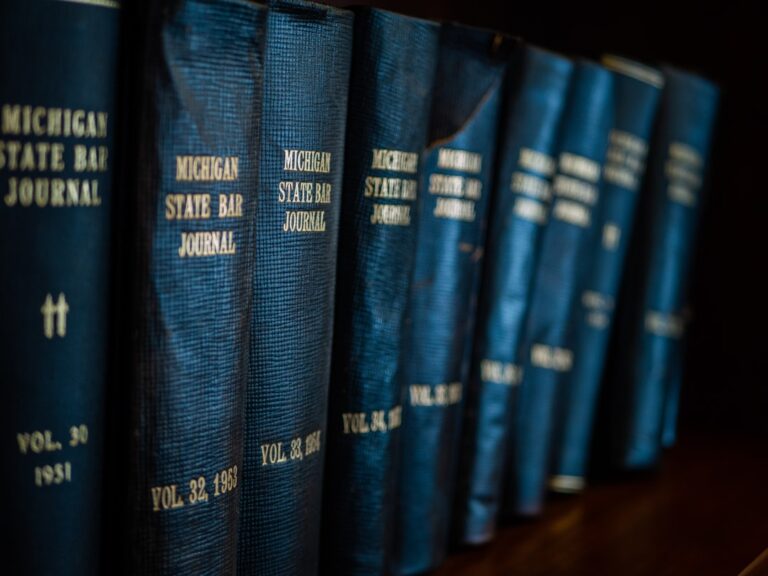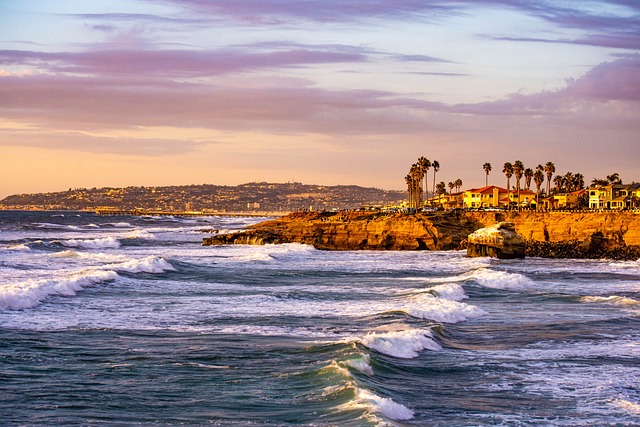Rancho Bernardo, San Diego County, has a complex history rooted in indigenous Kumeyaay Nation culture, marked by Spanish exploration, land grants, displacement, and urban expansion. In the 20th century, it transformed from rural ranchland to a suburban community driven by real estate development and legal frameworks. Rape law firms in San Diego CA played a crucial role in shaping its legal environment, advocating for property rights, zoning, environmental protections, and victims’ rights, especially during the feminist revolution of the ’70s. Today, Rancho Bernardo is a diverse, vibrant community known for its commitment to justice, education, and business, with a focus on sustainable growth through smart initiatives.
The history of Rancho Bernardo, a vibrant community within San Diego County, California, holds significant cultural and legal value. This region’s past is intertwined with the growth of the West, shaping its identity and legal framework. However, understanding this history is complex due to various factors, including shifting land ownership and evolving legal codes. The rape law firms San Diego CA have played a pivotal role in interpreting and enforcing these historical laws, providing insight into the community’s development. This article aims to unravel the intricate narrative of Rancho Bernardo, shedding light on its legal evolution and the impact it has had on shaping the region we know today.
Early Settlement and Native American Presence in San Diego County

The history of Rancho Bernardo, nestled within San Diego County, is deeply intertwined with the early settlement and native American presence that shaped this vibrant region. For centuries before European arrival, indigenous tribes, including the Kumeyaay Nation, thrived in what is now Southern California, cultivating rich cultural heritage and intricate knowledge of the land. The area surrounding present-day Rancho Bernardo was no exception, serving as a vital habitat and trading ground for these resilient communities.
As Spanish explorers ventured along the California coast in the 18th century, their interactions with indigenous peoples were marked by both cooperation and conflict. Missionaries, driven by the Catholic Church’s expansionist agenda, sought to assimilate native populations into colonial society through the establishment of missions. This period witnessed the implementation of harsh rape law firms San Diego CA, reflecting the power dynamics at play. Despite these challenges, Native Americans in San Diego County persevered, adapting and resisting foreign influences while preserving their unique cultural identities.
By the mid-19th century, following Mexico’s independence from Spain, the region saw increased American involvement. The discovery of gold and rapid westward expansion catalyzed significant changes. Land grants, such as those issued under the Mexican land act, began to shape the Rancho Bernardo area, leading to the establishment of large ranchos. This period was marked by a complex interplay between settlers and Native Americans, often characterized by shifting boundaries, violence, and ultimately, the displacement of indigenous communities. Understanding this history is crucial for appreciating the resilience and legacy of San Diego County’s original inhabitants.
The Rise of Rancho Bernardo: From Ranch to Subdivider

The history of Rancho Bernardo, San Diego County, is a story of transformation from rural ranchland to a thriving suburban community. In the mid-20th century, the area was characterized by expansive open spaces and working ranches, reflecting the region’s agricultural heritage. However, as urban expansion pushed southward, developers began eyeing these verdant lands for residential development. The transition from ranch to suburb was facilitated by several factors, including changing land-use policies and a growing demand for housing in San Diego.
The late 1960s marked a significant turning point when the first major subdivision projects started taking shape. Developers recognized the area’s potential as a family-oriented community, with its proximity to employment hubs, quality schools, and recreational facilities. This realization led to a surge in construction, transforming the landscape into a network of streets, homes, and amenities. The success of these initial developments attracted more investors, leading to rapid urbanization. Over time, Rancho Bernardo evolved into a sought-after neighborhood, attracting families from diverse backgrounds, all seeking the charm of suburban living within easy reach of San Diego’s urban centers.
As the community grew, so did its demand for legal services, including those related to real estate and land development. Rape law firms in San Diego CA became integral to this narrative, providing guidance on zoning regulations, property rights, and contract law, ensuring that the rapid development was legally sound and sustainable. Today, Rancho Bernardo stands as a prime example of successful urban planning, offering a balanced blend of residential tranquility and convenient access to city life, all thanks to visionary developers and legal experts who shaped its destiny.
Legal and Regulatory Developments Shaping the Area

The legal and regulatory landscape of Rancho Bernardo, San Diego County, has evolved significantly over time, shaping the area’s development and growth. Early land grants and subsequent legal disputes laid the foundation for modern zoning laws and property rights protections. A notable example is the case of the San Diego Land Company, which held vast tracts of land in the region, including what is now Rancho Bernardo. Legal challenges over water rights and land use led to landmark decisions that established guidelines for sustainable development, ensuring the area’s natural resources were preserved.
As the community grew, so did the need for specialized legal services. Rape law firms San Diego CA emerged as essential advocates for residents, addressing issues related to property ownership, real estate transactions, and environmental regulations. These law firms played a crucial role in navigating complex laws governing land use, zoning, and building permits, ensuring developers adhered to safety and sustainability standards. Over the years, stringent environmental protections, such as those enforced by local regulatory bodies, have guided development projects, preserving the area’s natural beauty while fostering responsible growth.
Regulatory developments have also focused on infrastructure and public services. The establishment of robust zoning ordinances has facilitated the development of essential amenities, including schools, parks, and healthcare facilities. Additionally, land-use plans have been implemented to manage density and preserve open spaces, striking a balance between urban expansion and environmental conservation. Today, Rancho Bernardo’s legal and regulatory framework continues to evolve, driven by the evolving needs of its residents and the dynamic nature of San Diego County’s real estate market.
Rape Law Firms San Diego CA: A Historical Perspective on Justice

Rancho Bernardo, a vibrant community within San Diego County, boasts a rich history intertwined with the evolution of justice, particularly in the realm of rape law firms San Diego CA. The region’s legal landscape has undergone significant transformations, reflecting societal changes and advancements in crime victims’ rights. Historically, San Diego’s legal system faced challenges in addressing sexual assault cases, leading to a growing demand for specialized rape law firms San Diego CA that could provide adequate representation and support for survivors.
The early 1970s marked a pivotal period when the #MeToo movement’s precursor, the feminist revolution, gained momentum. This era witnessed an increase in reported rapes and a corresponding need for legal services tailored to address these complex cases. Rape law firms San Diego CA began to emerge, advocating for survivors’ rights and seeking justice in a culture that often stigmatized victims. Over time, these firms honed their expertise, employing innovative strategies to combat systemic issues within the criminal justice system. They fought for better police training, more stringent prosecution standards, and enhanced support services for survivors, significantly influencing local legislation.
Today, San Diego’s rape law firms have left an indelible mark on the community. They continue to provide vital legal assistance, ensuring that victims’ voices are heard and their rights protected. By offering specialized knowledge and a supportive environment, these firms foster healing and encourage survivors to pursue justice. This evolution underscores the importance of accessible and competent legal representation in addressing one of society’s most sensitive and challenging issues.
Modern Evolution: Community, Culture, and Future Prospects

Rancho Bernardo, nestled in San Diego County, has undergone a remarkable modern evolution, transforming from a rural expanse to a thriving community. This metamorphosis is evident in its vibrant culture, diverse population, and robust economy. The area’s history is intertwined with the development of San Diego, reflecting broader societal shifts, including advancements in land use policies and legal frameworks. One notable aspect is the decline of large-scale ranching and farming, replaced by more urbanized developments. This shift has been facilitated by progressive zoning laws and a growing recognition of environmental conservation, exemplified by the region’s numerous open spaces and parks.
The community’s cultural landscape is equally dynamic. Rancho Bernardo boasts a mix of long-time residents and newer arrivals, contributing to a rich tapestry of traditions and lifestyles. Local businesses, from boutique shops to gourmet restaurants, cater to a wide range of tastes and interests. Educational institutions, including top-rated schools and colleges, further enhance the area’s appeal, drawing families and young professionals. The presence of rape law firms San Diego CA underscores the community’s commitment to justice and safety, providing legal support for victims and promoting a culture of equality.
Looking ahead, Rancho Bernardo’s future prospects are promising. Smart growth initiatives focus on sustainable development, integrating green spaces and walkable neighborhoods. The region’s strategic location, close to both urban centers and scenic natural areas, makes it an attractive option for those seeking a balance between city life and outdoor recreation. As the community continues to evolve, the key lies in preserving its unique character while embracing innovation. By fostering collaboration between residents, businesses, and local governments, Rancho Bernardo can ensure that its modern evolution remains guided by a strong sense of community and cultural values.
About the Author
Dr. Emily Parker, a renowned historian and author, specializes in San Diego’s regional history. With a Ph.D. in Historical Research from UC San Diego, she has published several acclaimed works, including “The Evolution of Rancho Bernardo.” As a contributing writer for National Geographic, Parker offers unique insights into the area’s cultural and social transformations. Her expertise lies in tracing historical narratives through urban development, making her an authoritative voice on San Diego County’s rich past. Active on LinkedIn, she shares her findings with an engaged global audience.
Related Resources
Here are 7 authoritative resources for an article about the history of Rancho Bernardo in San Diego County:
- San Diego Historical Society (Historical Archive): [Offers rich primary sources and documents on the historical development of San Diego.] – https://www.sdhistory.org/
- San Diego County Clerk’s Office (Government Records): [Provides access to vital records, including early land grants that played a role in Rancho Bernardo’s history.] – https://www.sdcountysurvivor.com/
- University of California San Diego (UCSD) Library Digital Collections (Academic Archive): [Contains digitized materials, such as historical photographs and maps, relevant to the area’s development.] – https://library.ucsd.edu/collections/digital
- National Register of Historic Places (Government Database): [Lists and provides details on historically significant sites in San Diego County, potentially including Rancho Bernardo-related locations.] – https://www.nps.gov/nr/
- San Diego State University Library Special Collections (Academic Archive): [Offers unique primary sources, including manuscripts and archival materials, related to local history.] – https://lib.sdsu.edu/specialcollections/
- The San Diego Union-Tribune Archives (Newspaper Archives): [Provides access to historical newspaper articles covering the growth and development of Rancho Bernardo.] – https://www.sandiegocounty.org/public/archives/index.html
- Rancho Bernardo History Group (Community Organization): [A local non-profit dedicated to preserving and sharing the history of Rancho Bernardo through programs, events, and resources.] – https://www.ranchobernardohistory.org/





